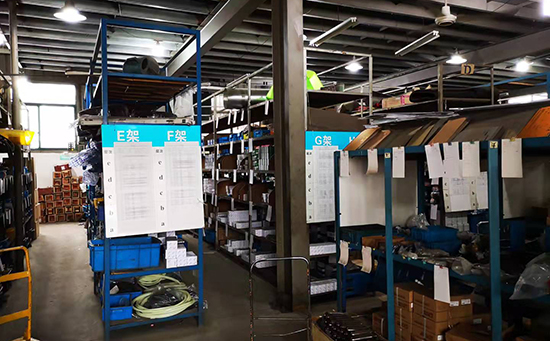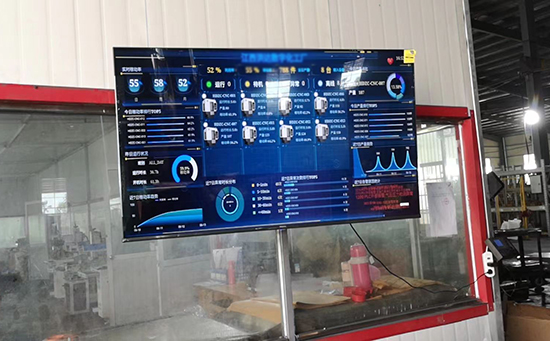ERP系統 & MES 生產管理系統
10萬用戶實施案例,ERP 系統實現微信、銷售、庫存、生產、財務、人資、辦公等一體化管理
# Free vs Paid ERP Systems: Making the Upgrade Decision
In the realm of Enterprise Resource Planning (ERP) systems, businesses often grapple with the choice between free and paid versions. Free ERP systems can be appealing due to their cost-saving nature, but are there compelling reasons to consider upgrading to a paid version? Let’s delve into this decision-making process to understand the nuances and benefits associated with both options.
## Understanding Free ERP Systems
free-erp-systems
Free ERP systems, also known as open-source ERP solutions, provide businesses with a cost-effective way to implement essential business management tools. These systems typically offer core functionalities such as inventory management, accounting, human resources, and customer relationship management (CRM) without the upfront licensing fees associated with proprietary software. They are often customizable and supported by vibrant developer communities.
However, free ERP systems may come with limitations. Support options can be community-driven, leading to potential delays in issue resolution. Additionally, advanced features and specialized modules may be lacking, which could be critical for businesses with complex operations.
## The Case for Upgrading to a Paid ERP System
upgrading-to-paid
### Enhanced Functionality and Features
Paid ERP solutions often offer a broader range of features compared to their free counterparts. This includes advanced reporting and analytics, industry-specific modules, regulatory compliance tools, and integration capabilities with other business systems. For organizations needing comprehensive functionality and scalability, paid versions can be more suitable.
### Reliable Support and Maintenance
One of the key advantages of paid ERP systems is dedicated customer support. Businesses receive timely assistance from trained professionals, reducing downtime and ensuring smooth operations. Regular updates and maintenance patches are also typically included, enhancing system security and performance.
### Customization and Scalability
Paid ERP solutions are designed to accommodate the growth and evolving needs of businesses. They offer greater flexibility for customization, allowing organizations to tailor the system to their specific workflows and industry requirements. As companies expand, paid ERP systems can seamlessly scale to support increased data volumes and user loads.
### Integration Capabilities
Integration with third-party applications is often more seamless with paid ERP systems. This interoperability enables data synchronization across multiple platforms, streamlining processes and enhancing data accuracy. Integration with cloud services and emerging technologies like AI and IoT is also more prevalent in paid ERP offerings.
### Regulatory Compliance and Security
Paid ERP vendors prioritize compliance with industry regulations and invest in robust security measures. This is particularly crucial for businesses operating in highly regulated sectors such as healthcare, finance, and manufacturing. Paid systems often come with built-in features for data encryption, access controls, and audit trails.
## Factors to Consider Before Upgrading
factors-to-consider
Before making the leap to a paid ERP system, businesses should evaluate several factors:
– **Budget and Cost Analysis**: Assess the total cost of ownership, including licensing fees, implementation, training, and ongoing maintenance.
– **Business Requirements**: Identify critical features and functionalities needed to support current and future business operations.
– **Scalability**: Consider the system’s ability to accommodate growth and adapt to changing business dynamics.
– **Vendor Reputation**: Research vendor reputation, customer reviews, and service level agreements (SLAs).
– **Data Migration**: Plan for data migration from existing systems to minimize disruption during the transition.
– **User Training and Adoption**: Allocate resources for training employees on the new ERP system to maximize utilization.
## Conclusion: Making an Informed Decision
making-informed-decision
Choosing between a free and paid ERP system is a strategic decision that hinges on business objectives, budget considerations, and long-term scalability. While free ERP systems offer an attractive entry point, paid solutions provide comprehensive features, reliable support, and scalability crucial for sustained growth. Before upgrading, businesses should conduct a thorough analysis of their needs and evaluate the potential return on investment (ROI) offered by a paid ERP system. Ultimately, the right choice will empower organizations to optimize operations, drive efficiency, and achieve strategic goals in an increasingly competitive marketplace.












 咨詢顧問
咨詢顧問